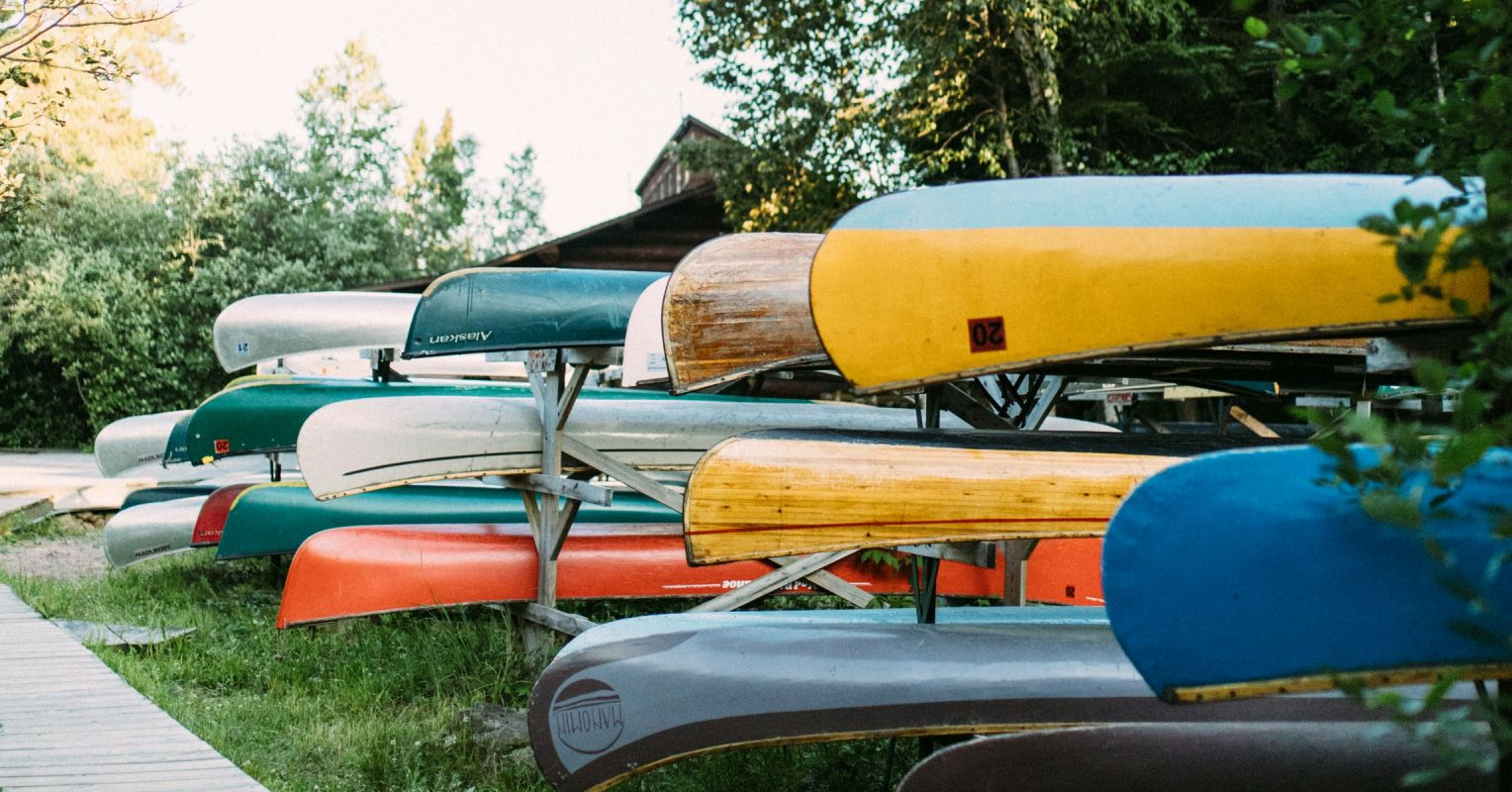

If you were involved in a youth group, sports team, summer camp, or after-school program as a child, chances are you can still recall the smell of the campfire, the sound of kids playing in the courtyard, or the friendships that helped shape those memories. Maybe it was the excitement of trying something new, like being away from home for the first time, the quiet pride of belonging when you joined a team, or the trusted adult who saw your potential and encouraged you to grow. We know these spaces are more than childcare programs. Instead, they’re where pivotal childhood memories are formed, and important skills are learned.
For millions of young people around the world, youth-serving organizations (YSOs) continue to shape formative experiences, foster resilience, and nurture identity: traits that will be carried with them well into adulthood. From scouting troops and art programs to religious groups and mentoring initiatives, these organizations are embedded in our communities and our culture.
But when safety isn’t prioritized, the very spaces that are meant to build children up have the potential to cause deep and lasting harm.
That’s why it matters, urgently, to ask: Are we doing enough to protect kids where they gather?
A Wake-Up Call
In the 1970s and ’80s, a wave of revelations about child sexual abuse in major youth organizations in the U.S. rocked public trust. What had once been revered as safe, wholesome institutions where memories were made were exposed as vulnerable to systemic failures of child protection.
The consequences were fiscal, reputational, and, most importantly, traumatic. Generations of children suffered, often without healing or justice.
In response, many of the largest youth-serving organizations in the U.S. (including 4-H, Big Brothers Big Sisters of America, Boys and Girls Clubs of America, Boy Scouts of America, Girl Scouts of the USA, and the YMCA, known as the “Big Six”) undertook a major review of their practice. Leaders introduced codes of conduct and other policies, child sexual abuse prevention trainings, background checks, and protocols for recognizing and responding to suspected abuse. They committed to doing better because the kids deserved better.
But over the decades, one big question remained: Is it working?
The Research Is In, and It’s Telling a Complex Story
Experts at Johns Hopkins Bloomberg School of Public Health, Queensland University of Technology, Portland State University, and the University of California, Davis, undertook crucial research to examine just that.
They compared national data of two age cohorts (younger adults aged 18-22 and slightly older adults aged 32-36) to compare rates of child sexual abuse in the Big Six, as well as a variety of other youth-serving settings, including schools, sports, arts, and religious programs.
They found that the prevalence of sexual harm by adults among those exposed to the Big Six has seen reductions of 20 percent or more. Specifically, a 20 percent reduction in sexual misconduct (e.g., taking and sending of nude pictures, sharing of sexual content, inappropriate presence in locker rooms) and a 31 percent reduction in child sexual abuse.
This is hugely significant. When seen in the context of the scale and reach of Big Six organizations, the potential impact of their commitment to safeguarding and prevention is extraordinary.
When we think about the enormous reach the Big Six have—collectively serving tens of millions of children annually—this represents a significant impact on children’s lives because someone put safeguards in place, and because a leader didn’t wait to make a change.
When we take the initiative to implement thoughtful prevention strategies to protect children before harm has a chance to occur, especially within organizations that shape our youth, it works.
We Need Brave Leadership
However, the full picture isn’t all good news.
Many studies on youth victimization, including this research, point to an unsettling trend: an increase in harmful sexual behaviors between young people themselves.
What this tells us is that the nature of risk is changing, and so must our prevention strategies.
It’s clear that prevention isn’t a one-and-done checklist. Over the decades, it’s been evolving steadily and guided by evidence. But protecting future generations will depend on increased investment in prevention action and be driven by informed, proactive leadership.
Sexual Abuse Essential Reads
Julie Novak, Chief Youth Safety Officer of Big Brothers Big Sisters of America, has been a leading voice for collaborative prevention efforts alongside other Big Six leaders for years: “Collectively, the ‘Big Six’ YSOs have been studying and working in partnership to understand how to best protect youth for many years.” We now know that their efforts have made a difference in the lives of millions of kids, but this is just the beginning.
Youth-serving organizations are uniquely positioned to create an environment of safety and intentionality where leaders show kids, parents, and communities that all children have a right to thrive.
We now have proof that when leaders act, when they invest in policies, trainings, and cultures that prioritize safety, children are better protected.
So, the question isn’t whether prevention works. It’s whether we have the courage to keep going.









